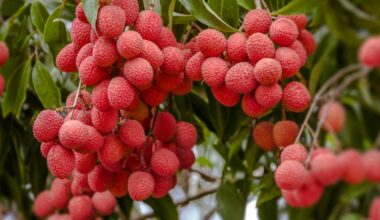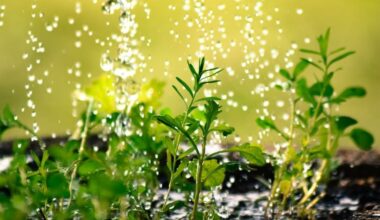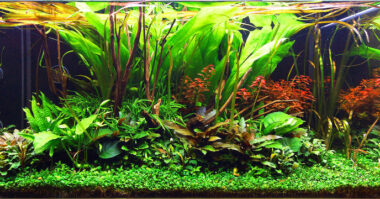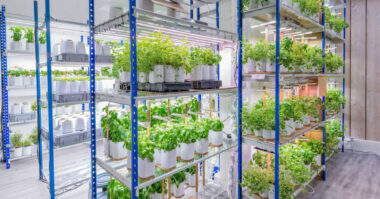When the plants are not completely submerged, they usually have a whole system of channels (“air tissues”) allowing them to pass the air from the emerged parts to the submerged parts, so as to ensure also to the underwater organs gaseous exchanges with the atmosphere.
But what happens when the plant is completely underwater?
Aquatic plants carry out cellular respiration: they absorb oxygen and release carbon dioxide.
Contents
Several types of aquatic plants
Aquatic plants have an important role to play in filtering water and absorbing pollutants and excess nutrients. Indeed, aquatic plants absorb nitrates, residues from organic matter. They use phosphorus to grow, limiting the proliferation of algae. Aquatic plants act as biological purifiers and oxygenators. Through the phenomenon of photosynthesis, they will naturally oxygenate the water.
There are several categories of aquatic plants with different physical characteristics:
Emerging aquatic plants
They are rooted to the sediment, but some of their parts, such as leaves and flowers, grow outside the water. They are located in shallow areas, especially near the shore.
Aquatic plants with floating leaves
They have roots anchored to the sediment, but their leaves and flowers float on the surface of the water. The water lily belongs to this category of aquatic plants.
Submerged aquatic plants
They are rooted in sediment and grow entirely below the water surface. This category of aquatic plants, includes all species whose leaves grow underwater.
Floating aquatic plants
They have leaves that float on the surface, water, but unlike other aquatic plants, they circulate freely in the water because their roots are not anchored to the sediment. Duckweed belongs to this category. They are generally found in places where there is little current and where nutrient concentrations are high.
How do aquatic plants work?
To understand the needs of aquatic plants, it is first necessary to study how they function.
The Breathing phenomenon
An aquatic plant, like any living being, needs to breathe. For this, it absorbs oxygen (O2) and emits, day and night, carbon dioxide (CO2). Oxygen is essential for cellular respiration.
The perspiration phenomenon
A plant is essentially made up of water, that is to say 80 to 90% of its mass. This water circulates permanently within the plant, in order to provide it with the necessary nutrients. This water circulates in a very precise direction: it goes up through the roots thanks to the phenomenon of osmosis, crosses the plant and is evacuated by the leaves. This liquid is called “raw sap” and is composed only of water and the minerals dissolved in it.
The phenomenon of photosynthesis
Photosynthesis is a phenomenon that is also valid for terrestrial plants. To conclude on their functioning, aquatic plants release much more oxygen during photosynthesis than they consume during respiration.
During the night, the plant only releases carbon dioxide through respiration since photosynthesis cannot function at night due to lack of light energy. During photosynthesis, the plant with the help of light energy, absorbs carbon dioxide, produces glucose and releases oxygen.
During the respiration phase, glucose, which is a source of energy for the plant, and the absorbed oxygen lead to the release of carbon dioxide. Plant roots absorb the mineral substances and transform them into oxygen during photosynthesis. Micro-organisms in the water transform the impurities into minerals. These minerals will be dissolved in the water and consumed by the plants during transpiration.
Summary
The respiration of aquatic plants is practically only taken into account at night, in the absence of photosynthesis, and the carbon dioxide emitted is added to that which comes from the respiration of all other living beings. However, for the same duration of day and night, the chlorophyll function always takes precedence over the respiratory function.








